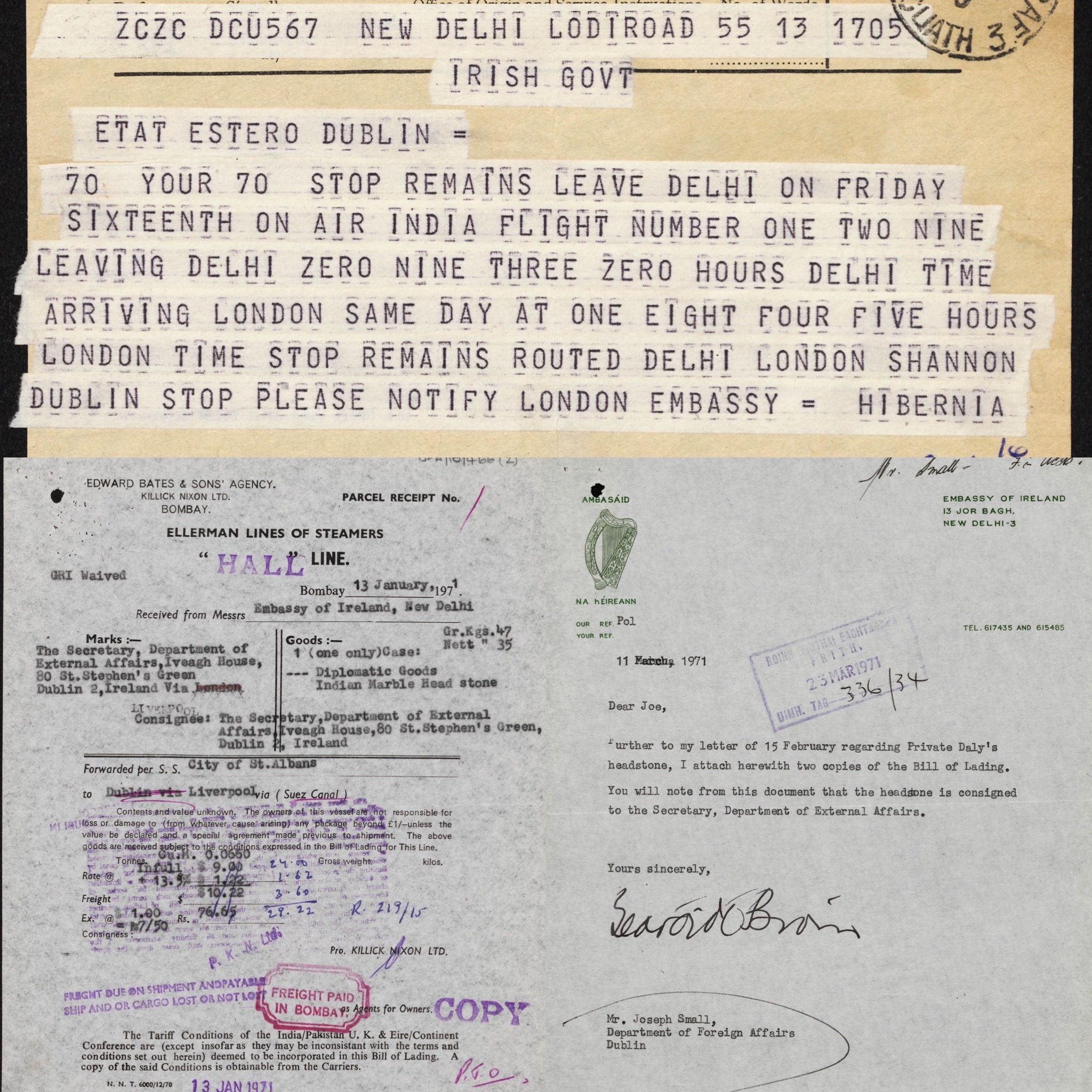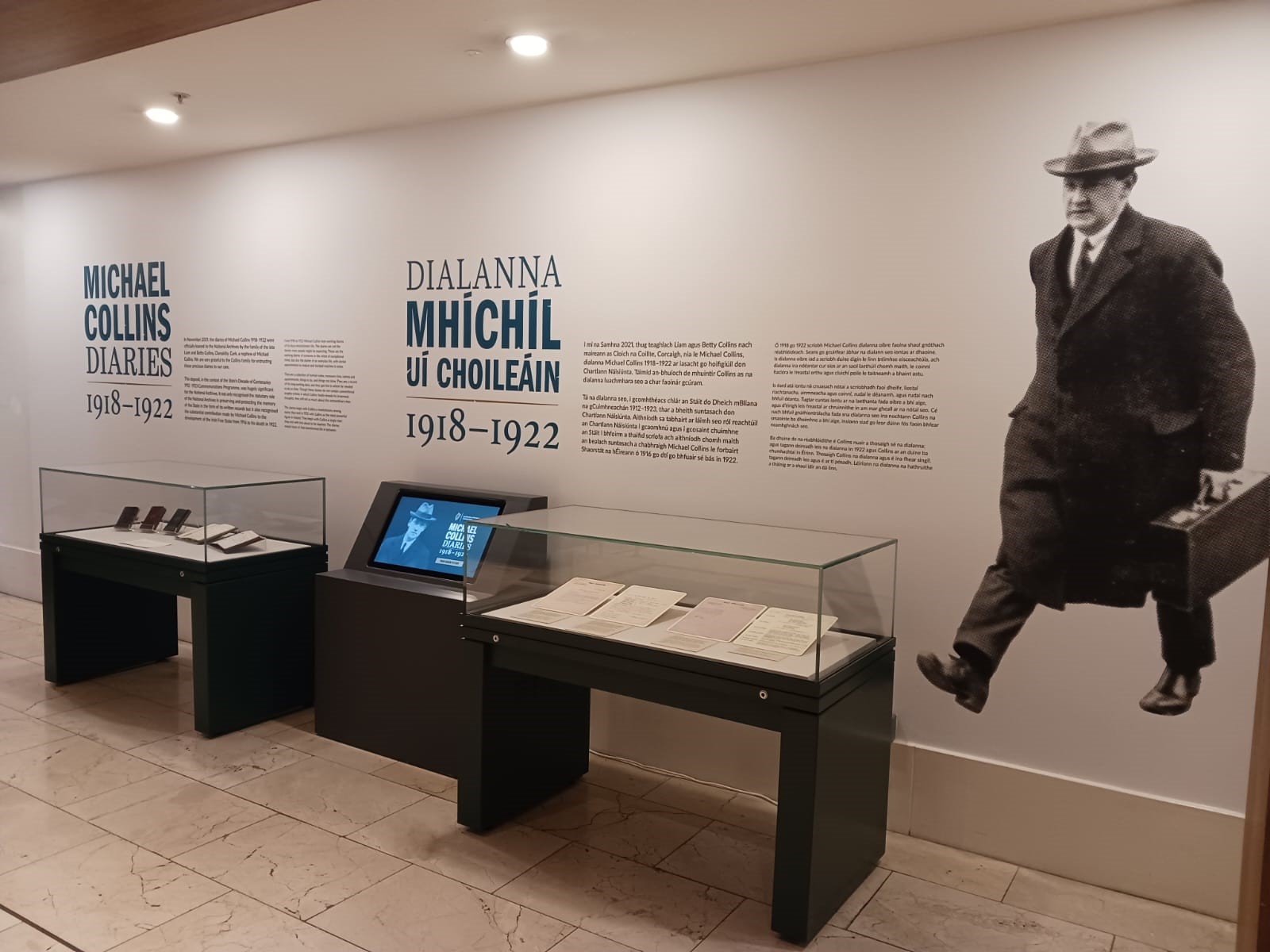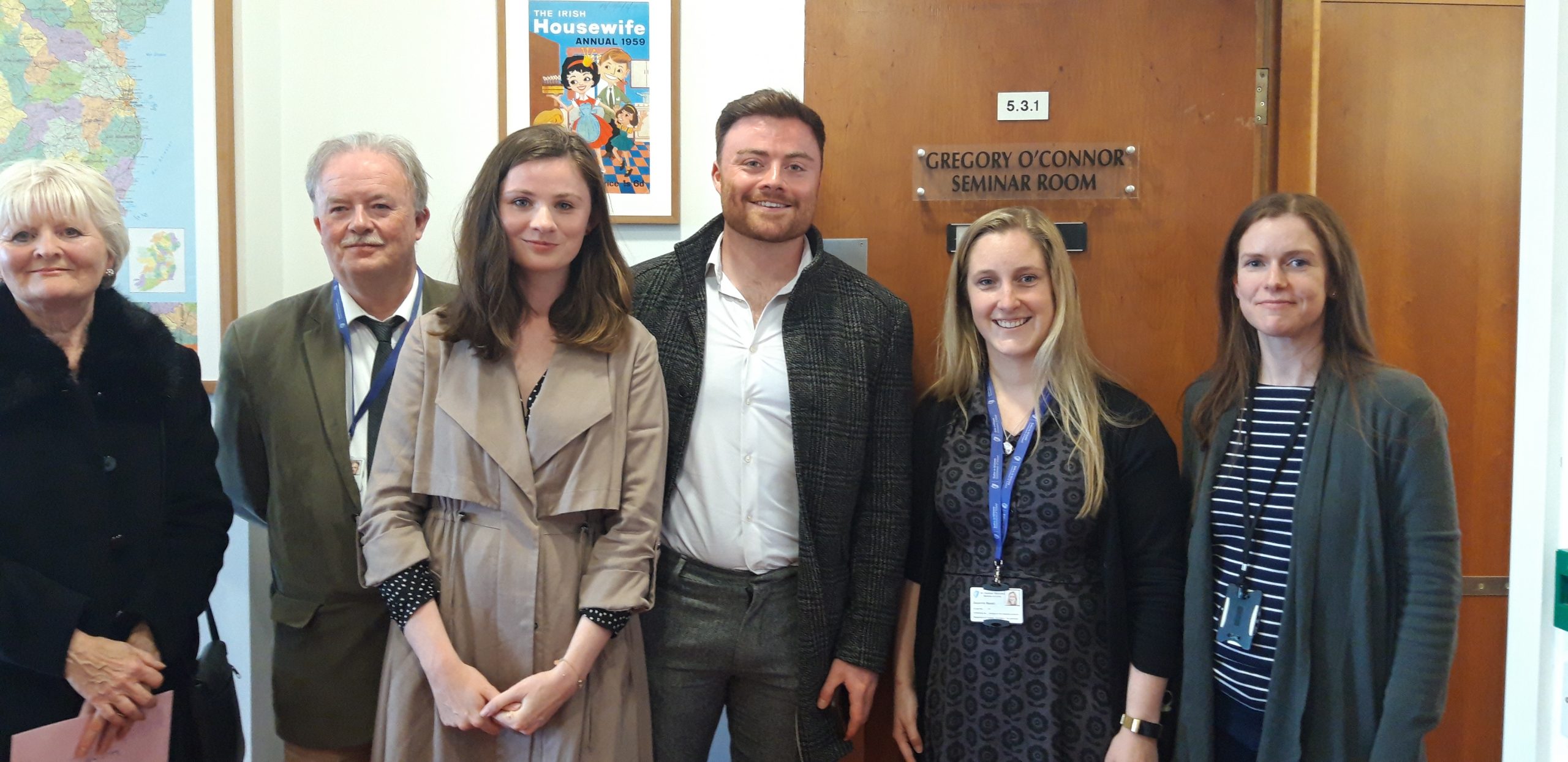Behind the Scenes
Behind the Scenes: The return of the Connaught Rangers mutineers, 1970

The ‘mutiny’ of the Connaught Rangers in India on 28 June 1920 is one of the more eye-catching incidents of the Irish revolution. While small in scale, the mutiny acquired an iconic status, presenting as it did the unique spectacle of Irish troops in the British Army refusing to obey their superiors out of solidarity with the republican cause in Ireland’s War of Independence; 2020 marks its centenary.
The Connaught Rangers were one of the eight regiments of the British Army to recruit in Ireland prior to 1922 (as the name suggests, they did so mainly in Connaught). The unit can trace its origins back to units raised in the west of Ireland in the 1790s but was formally created in 1881, seeing service across various theatres of war across the British Empire, and on the Western Front and the in the Gallipoli campaign during the First World War.
Units of the Rangers were stationed in India after the war and, on 28 June 1920, a company based at Jullundar (Jalandhar) in the Punjab refused to obey orders in protest at the repressive policies of the British in Ireland at the time. Other members of the unit in the town of Solon followed suit and surrendered their weapons. When they attempted to get them back, two of the ‘mutineers’ were shot dead by the soldiers guarding the armoury in which they were held. Consequently, 61 members of the Connaught Rangers were convicted for their role in the mutiny and one, Private James Daly from Tyrellspass in Co. Westmeath, who was deemed to be the ringleader in Solon, was executed on 2 November 1920. The regiment itself was disbanded in 1922 following the establishment of the Irish Free State.
The National Archives of Ireland retains numerous files arising from the events of the mutiny. Many of these relate to the pensions awarded by the Irish government in the 1930s to some those who had been involved (they had forfeited their British pensions). One file, however, stands out: DFA 10/2/644. It deals with the repatriation from India to Ireland, in 1970, of the remains of the executed James Daly, along with those of Peter Sears and Patrick Smythe, who were killed during the mutiny. The file is part of the Department of Foreign Affairs collection in the National Archives.
The Department of External Affairs (as it was called prior to 1971) was centrally involved in arranging the repatriations. File 10/2/644 falls into the category of ‘Secretary’s Files’. These were the most sensitive files in the department and were compiled for the secretary (now termed secretary-general) of the department, who in turn was responsible for advising the Minister for External Affairs. Secretary’s files were the files that, more than most, informed both decisions that were made and policies that were adopted.
The possibility of repatriating Daly’s remains had been raised in various quarters in the 1950s, and the precedent set by the repatriation of the remains of Roger Casement from London to Dublin in 1965 gave a new impetus to the issue. The Fianna Fáil government led by Seán Lemass and (after 1966) Jack Lynch was reluctant to pursue the matter. This was partly due to avoid setting an example that might lead to further calls for the repatriation of the remains of dead republicans. They were also acutely conscious of the political implications of such events against the backdrop of increasing tensions in Northern Ireland. That said, Minister for External Affairs Frank Aiken agreed to look at the case for returning Daly’s remains, not least due to the considerable public interest in Daly and the impending fiftieth anniversary of the mutiny being marked in 1970. To cut a long story short, the Irish government agreed to look after the return of the remains from India and the National Graves Association (NGA), established in 1926 to mark and tend the graves of Ireland’s nationalist and republican dead, were responsible for arranging the funeral. In the circumstances this suited the state. While the focus had originally been on Daly, as he was the only one to have been executed, the remains of the two other Connaught Rangers who killed in the course of the mutiny, Peter Sears and Patrick Smyth, were also repatriated.
The Department of External Affairs had taken the lead in exploring how the repatriations might happen. They liaised with the Indian authorities and even inspected the grave sites in India. This process was aided by Ireland having opened an embassy in New Delhi in 1964. This brings us back to the file itself. The file contains a remarkably diverse range of material that brings together various strands related to the exhumations and repatriations (which was, after, the entire purpose of such a file). Within it can be found assessments of the conditions of the graves in India, of the cases for the individual repatriations, and of how best to tackle a sensitive subject at a sensitive time. The file provides an insight into the operation of diplomatic and state protocol, of how the machinery of the Irish and Indian governments could work together, and basic consular activities on the ground. It also contains a good deal of private correspondence, especially from the families of the deceased, that illustrate the intersections of the personal and the political. Most striking of all is the report on the exhumations themselves. They took place over the summer of 1970 to avoid the monsoon season earlier in the year.
Cumulatively, the documents in this file explain the rationale for deciding to repatriate the remains. They show how the decision was arrived at, what other options were considered, and what the process consisted of at every level, up to and including getting the remains from India to Ireland. The file reveals much of what lay behind the three funerals that took place in Ireland on Sunday 1 November 1970. Sears and Smythe were laid to rest in Glasnevin Cemetery. Daly was reinterred in Tyrellspass; 6,000 were in attendance. The next day, Monday 2 November 1970, was the fiftieth anniversary of his execution in India.
Further reading:
John Gibney, ‘The second funeral of James Daly, Connaught Rangers mutineer, 1 November 1970’, History Ireland, 28.3 (May-June 2020).
John Gibney is Assistant Editor with the Royal Irish Academy’s Documents on Irish Foreign Policy series


